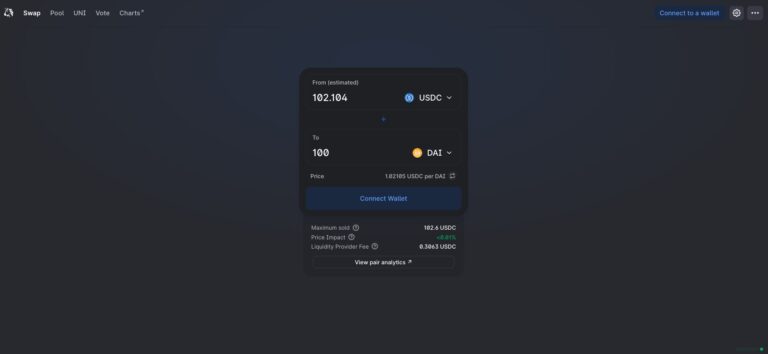The Uniswap Foundation, the organization that supports the decentralized finance (DeFi) protocol Uniswap, has announced its plans to launch version 4 of the protocol following the upcoming Dencun upgrade on Ethereum’s mainnet.
Through a post on the social media platform X (formerly known as Twitter), the Foundation laid out its roadmap for the version 4 (v4) rollout, indicating that it is currently in a “Code Freeze” phase. This phase involves completing the core code, conducting tests, optimizing for gas usage, enhancing security, and finalizing peripheral components.
The next steps include comprehensive audits of v4’s code by professional audit firms and a community-led audit contest, aiming to make Uniswap v4 the “most rigorously audited code ever deployed on Ethereum.” Additionally, the protocol will be deployed on a testnet for final adjustments.
The Uniswap Foundation anticipates launching Uniswap v4 on the Ethereum mainnet in the third quarter of 2024. However, this timeline is tentative and depends on the progression of the Dencun upgrade on Ethereum.
Ethereum’s Dencun upgrade is set to go live on the network’s mainnet on March 13. It includes the introduction of proto-danksharding and blobs, aiming to significantly reduce transaction costs on layer-2 networks.
It was scheduled just a day after it was successfully implemented on the Holesky testnet.
The Holesky implementation was the third of three test networks that occurred without any hiccups. Through Dencun, the network will introduce proto-danksharding and implement “blob-carrying transactions” to allow layer-2 networks to use more Ethereum block space.
Blob-carrying transactions are similar to normal ones, but have an extra data part. The upgrade will restrict the blobs per block to 16, with each being at most 128 KB, adding up to about 2 megabytes of block space.
This increase in block space is a benefit for both optimistic and zero-knowledge rollups, allowing them to put transaction data promises on-chain while keeping the real data in data blobs instead of call data. This method is likely to make transactions faster and cheaper.









